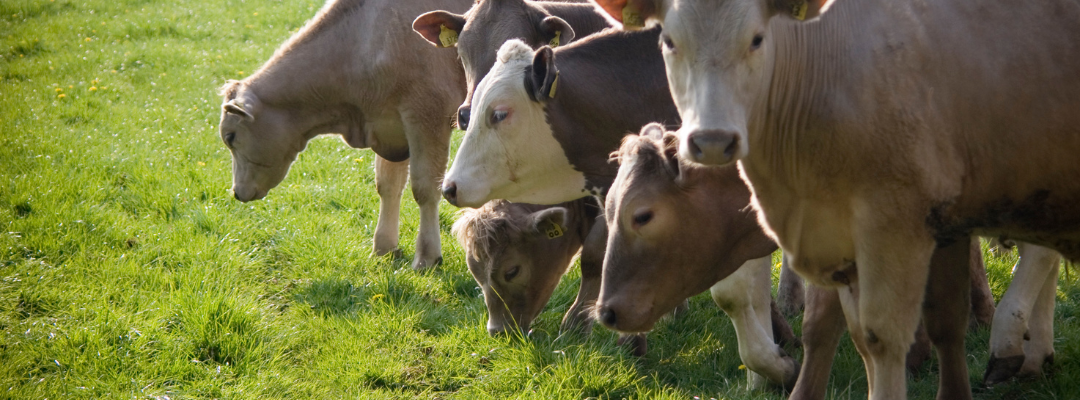Commercial broiler chicken production is a staple of the farming community in the southeastern states, so much so that the area is often referred to as the “broiler belt.” Contract broiler growers have benefitted from the business arrangements between large poultry integrators, lending institutions and themselves for many decades. However, over the last decade or so, the investment cost of housing and the cost of utilities supplied by the growers has risen greatly, resulting in rapidly decreasing grower net incomes. Given the nature of most poultry contracts, growers only have a limited opportunity to positively affect revenues. Most profit improvement opportunities lie in lowering input costs, either by improving efficiency or simply by cutting back on inputs like heating fuel or electricity. However, choosing the latter has the potential to negatively affect the revenue side through bird performance losses, as well as negatively affect the competitive contract pay rate. As houses age, they typically become less efficient, requiring major house maintenance and equipment replacement or upgrade, adding to the cost of operation. The variable cost for a poultry farm is made up mostly of utility costs. On new farms, variable cost can be as low as 20% of revenue, while older farms can see as high as 40% or more. Therefore, a contract grower could be faced with shortages on the revenue side caused by lowered bird performance possibly linked to housing deficiencies, coupled with increased input costs stemming from the same deficiencies – all resulting in a fast drop in net farm income.
By surveying southeastern poultry financing institutions for averages across farms, we see what seems like a tight range of revenue per square foot of broiler grow out space per year. However, when you apply these numbers to the thousands of square feet on a typical broiler farm, then apply known ranges for variable costs, the resulting spread in net incomes can be significant.
Estimated Broiler Farm Income, 4-40’x500’ Houses
| Broiler Farm income Estimate 4-40’x500 | Square Feet | “Old/Less Efficient” | “New/More Efficient” |
| 80,000 | |||
| Gross Revenue per SF Range | $2.75 | $3.25 | |
| Gross Revenue | $220,000.00 | $260,000.00 | |
| Variable Expenses (High 35%, Low 25%) | $(77,000.00) | $(65,000.00) | |
| Income Before Debt Service | $143,000.00 | $195,000.00 | |
| Debt Service Assignement (50%) | $(110,000.00) | $(130,000.00) | |
| Net Farm Income | $33,000.00 | $65,000.00 | |
| Net Income per SF | $0.79 | $1.55 |
Sometimes growers face unforeseen risks from market changes and other outside forces, like the recent HPAI outbreaks, and COVID19 before that. Instances where fewer birds are placed or when out times increase between flocks negatively affect revenue. Some contracts have provisions that help mitigate these risks for the grower; however, some contracts have no such provisions and growers can suffer greatly. Poultry companies absorb much of the normal risks from changing markets and volatile feed prices. However, for the individual grower, a small change in bird density or placement schedule, for example, can have great impact on their individual farm operation which typically operates on a much tighter margin with little working capital to buffer the impact. Current proposed changes to the GIPSA (Grain Inspection, Packers and Stockyards Administration) regulations may offer some mitigation of these and other areas of risk, as well as provide for greater financial disclosures related to the tournament system. Growers should carefully read the proposal and offer comments at:
Brothers, Dennis, and Paul Georinger. “Net Farm Income Varies Widely in Commercial Broiler Production.” Southern Ag Today 2(28.2). July 5, 2022. Permalink








